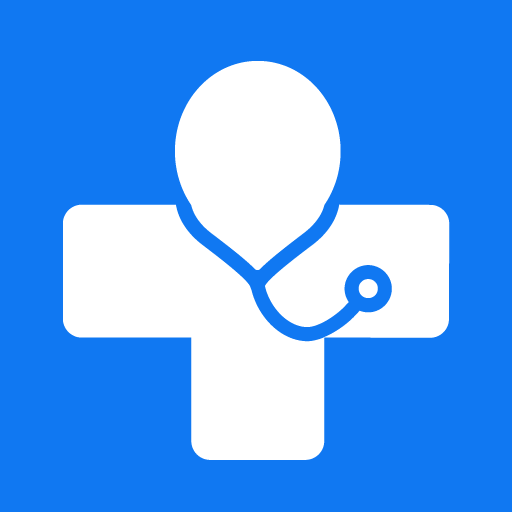

Healthcare organization
Although the terms Laboratory Information System (LIS) and Laboratory Information Management System (LIMS) are often used interchangeably, they were originally designed to support different types of laboratories and functionality.
LISs traditionally focus on supporting clinical and patient-centric specimens, while LIMSs were originally designed to support sample-centric laboratory requirements, such as those in clinical research or non-clinical laboratory settings.
However, today there is significant overlap in the functionality of the two systems, which can lead to confusion when determining which system is best suited for a particular laboratory.
LIS stands for Laboratory Information System, while LIMS stands for Laboratory Information Management System. Although both systems are used in laboratory settings, there are some differences between them.
A LIS is a computerized system that manages the workflow and data of a clinical laboratory. This includes managing patient orders, specimen tracking, result entry and reporting, quality control, and billing. LISs are typically used in clinical laboratories that perform diagnostic tests on patient specimens.
Here are 15 key benefits of Laboratory Information Systems (LIS):
LIMS is a software application used in research and development, manufacturing, and quality control laboratories to manage and organize data related to samples, experiments, and results. This includes managing inventory, tracking samples, creating and managing experiments, and analyzing data. LIMSs are typically used in scientific laboratories that perform research, development, and quality control activities.
Here are 15 key benefits of Laboratory Information Management Systems (LIMS):
Here are 20 key differences between LIS and LIMS
|
Criteria |
LIS (Laboratory Information Systems) |
LIMS (Laboratory Information Management Systems) |
|
Type of Laboratory |
Clinical laboratory management |
Research, Development, Quality Control, Manufacturing |
|
Data Management |
Patient-focused (orders, results, patient data) |
Sample-focused (sample tracking, data management, analysis) |
|
Test Data |
Focuses on medical and diagnostic tests |
Focuses on scientific tests |
|
Workflow Management |
Automates clinical workflows, including order entry, sample management, and result reporting |
Manages scientific workflows, including sample preparation, testing, and data analysis |
|
Regulatory Compliance |
Must comply with regulatory requirements, including CLIA, HIPAA, and other relevant standards |
Must comply with regulatory requirements, including FDA, ISO, and other relevant standards |
|
System Complexity |
Typically less complex than LIMS |
Typically more complex than LIS |
|
Customization |
May have limited customization options |
Can be highly customizable to meet specific laboratory needs |
|
Data Analysis |
Limited data analysis capabilities |
Advanced data analysis and visualization tools |
|
Inventory Management |
Basic inventory management features |
Robust inventory management capabilities, including reagents, supplies, and equipment |
|
Integration |
Interfaces with EMRs, HIS, and other healthcare systems |
Interfaces with scientific instruments and equipment |
|
Security |
Emphasis on patient data security and privacy |
Emphasis on data security and intellectual property protection |
|
Sample Tracking |
Basic sample tracking capabilities |
Advanced sample tracking and management capabilities |
|
Experiment Management |
Does not include experiment management features |
Includes experiment management capabilities |
|
Resource Planning |
Basic resource planning features |
Advanced resource planning capabilities |
|
User Interface |
Simple and intuitive user interface |
Complex and feature-rich user interface |
|
User Access |
Access is limited to authorized healthcare professionals |
Access can be granted to a range of users, including researchers, developers, and quality control personnel |
|
Data Types |
Focuses on structured clinical data |
Supports structured and unstructured scientific data |
|
Report Generation |
Limited report generation capabilities |
Advanced report generation capabilities |
|
System Maintenance |
Requires ongoing maintenance and updates |
Requires ongoing maintenance and updates |
|
Scalability |
Limited scalability options |
Highly scalable |
|
Cost |
Lower cost than LIMS |
Higher cost than LIS |
Choosing between LIS and LIMS depends on the specific needs and requirements of your laboratory. Here are some factors to consider:
Ultimately, the decision between LIS and LIMS will depend on the specific needs and requirements of your laboratory, as well as your budget and resources. It is important to carefully evaluate both options and select a system that can meet your laboratory's unique needs and goals.
Here are the Best Laboratory Information Systems (LIS) and Laboratory Information Management Systems (LIMS) names in India:
Summary
LISs are designed for clinical laboratory settings and are focused on managing patient data and test results, while LIMSs are designed for research and development, manufacturing, and quality control laboratories and are focused on managing scientific data and processes.
10M+
Patients
22000+
Doctors
20000+
Hospitals/Labs
Drlogy Plus Academyclose
Copyright © 2025 Drlogy. All rights reserved.